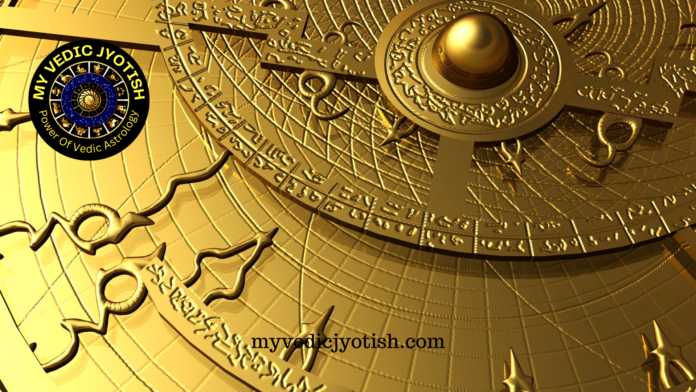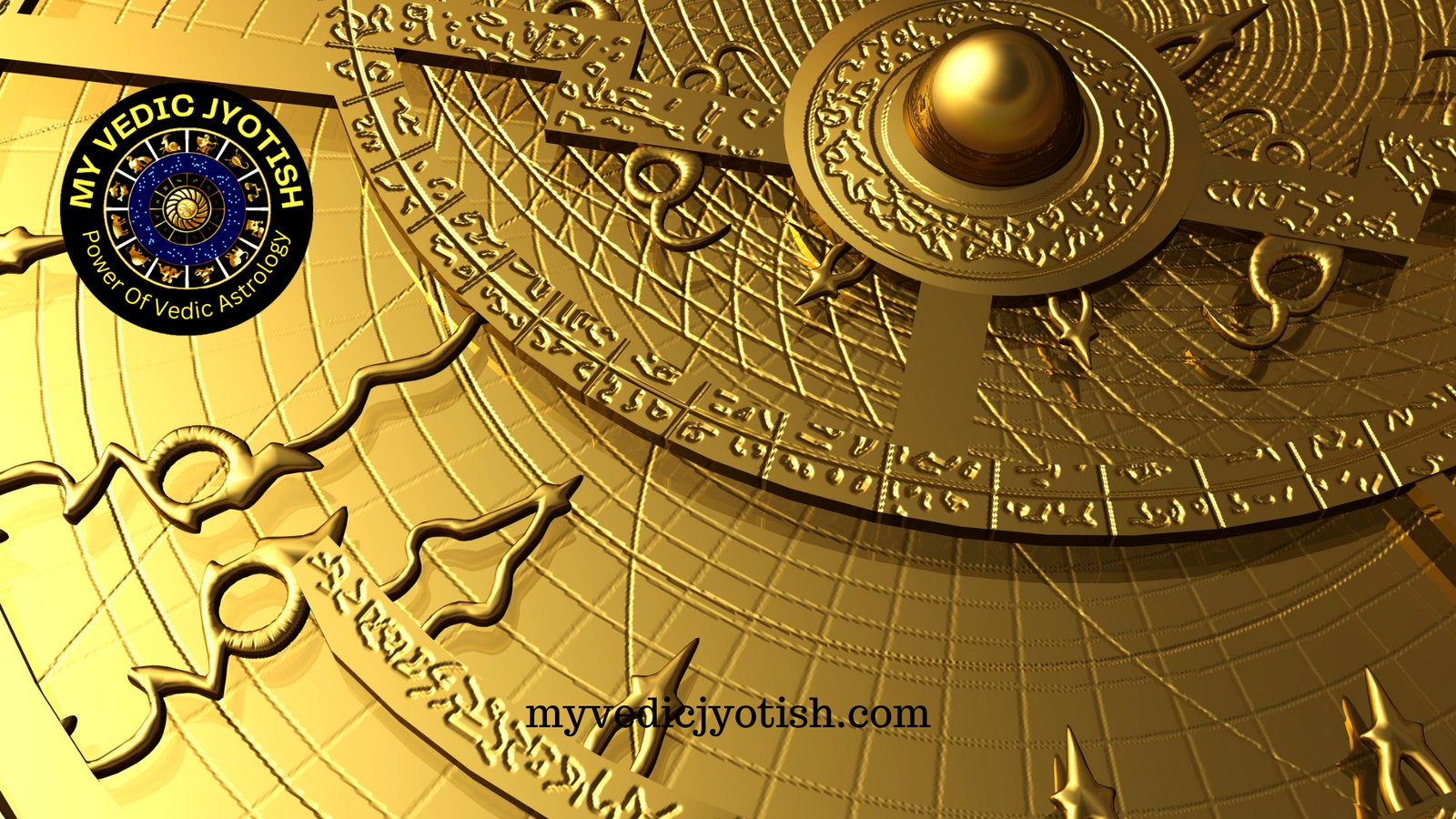Panchang, also known as the Hindu calendar, is a traditional astrological almanac used in Vedic astrology to determine auspicious timings, festivals, and daily celestial configurations. It provides a comprehensive view of celestial movements, planetary positions, and important astrological information for a specific location and date. Here are the components of a typical Panchang:
- Tithi: Tithi refers to the lunar day and represents the phase of the Moon in its waxing or waning cycle. It is calculated based on the angular relationship between the Sun and the Moon. Each tithi has a specific significance and is considered auspicious or inauspicious for different activities.
- Nakshatra: Nakshatra refers to the lunar mansion or star constellation in which the Moon is located at a specific time. The zodiac is divided into 27 Nakshatras, and each Nakshatra has its own qualities and ruling deity. Nakshatra determines the emotional and psychological influences for a given day.
- Yoga: Yoga represents the union or combination of the Sun and the Moon in specific degrees. It is believed to influence the auspiciousness of certain activities. There are 27 Yogas in total, each with its unique qualities and impact.
- Karana: Karana refers to half of a tithi and is determined by the position of the Moon in relation to the Sun. There are 11 Karanas in total, and they are associated with different activities and their auspiciousness.
- Var or Vaar: Var represents the day of the week. Each day of the week is associated with a specific ruling deity and has its own significance in terms of religious observances and rituals.
- Rahu Kaal: Rahu Kaal is the inauspicious period of the day associated with the planet Rahu. It is considered unfavorable for starting new ventures or important activities and is calculated based on the local sunrise and sunset times.
- Gulika Kaal: Gulika Kaal is another inauspicious period of the day associated with the planet Gulika. Similar to Rahu Kaal, it is considered unfavorable for initiating new activities or important decisions.
- Sunrise and Sunset Times: Panchang provides the local timings for sunrise and sunset. These timings are important for performing daily rituals and determining the duration of different parts of the day.
- Festivals and Special Observances: Panchang includes information about significant festivals, auspicious occasions, and religious observances specific to a particular date and location.
Panchang is a valuable tool for Vedic astrologers, priests, and individuals seeking guidance in selecting auspicious timings for various activities such as weddings, ceremonies, and important life events. It helps in aligning with cosmic energies and ensuring favorable outcomes based on astrological considerations.



